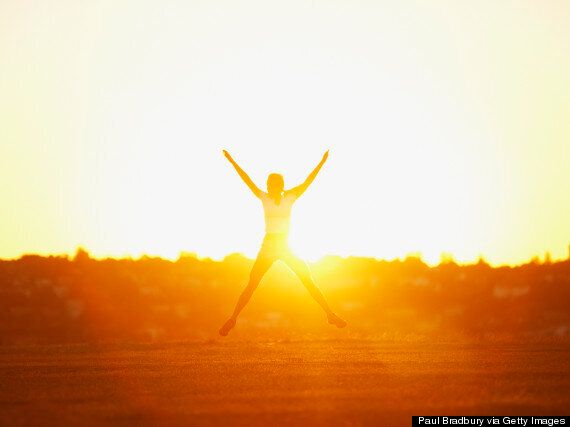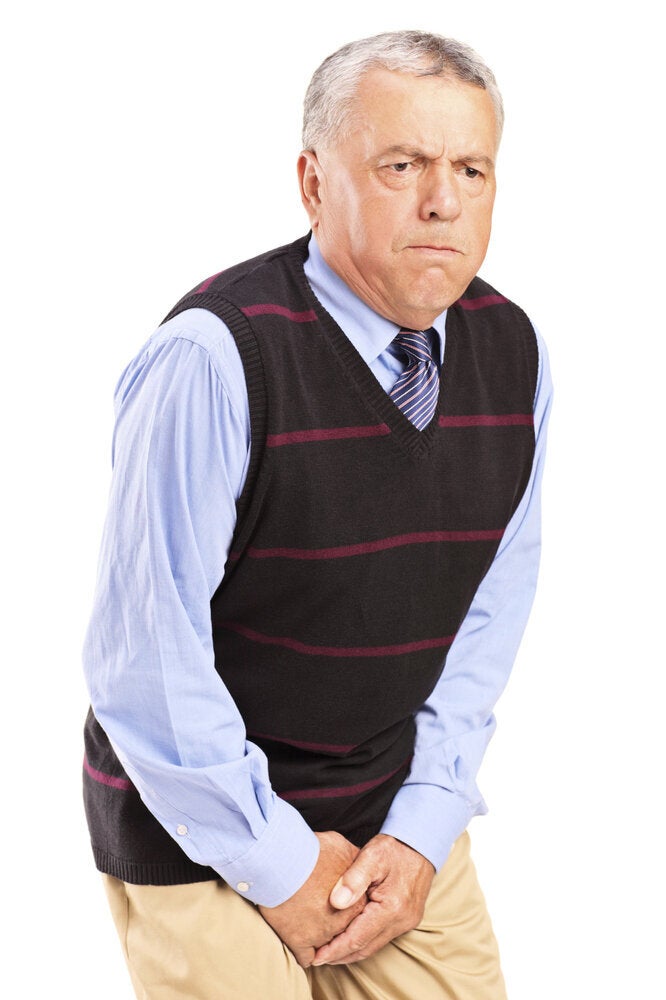Most of us will have a vague idea that sitting outside gives us a boost of vitamin D - but how much do you really know about the sunshine vitamin and would you know how to spot the signs of vitamin D deficiency?
Vitamin D has several important functions, including helping to regulate the amount of calcium and phosphate in the body - which is essential for healthy teeth and bones.
According to the NHS, most people should be able to get all the vitamin D they need by eating a healthy balanced diet and by getting some summer sun.

However, some of the population are at higher risk of suffering from vitamin D deficiency. These include:
- All pregnant and breastfeeding women
- Babies and young children under the age of five
- Older people aged 65 years and over
- People who are not exposed to much sun, such as people who cover up their skin when outdoors, or those who are housebound or confined indoors for long periods
- People who have darker skin such as people of African, African-Caribbean and South Asian origin
A lack of vitamin D can lead to bone deformities in children, and bone pain and tenderness in adults.
But how can you spot the signs of vitamin D deficiency before effects become too severe?
You can take supplements or alter your diet to ensure you're getting the vitamin D you need.
Foods rich in vitamin D include oily fish (such as salmon, sardines and mackerel), eggs, fortified fat spreads, fortified breakfast cereals and powdered milk.
